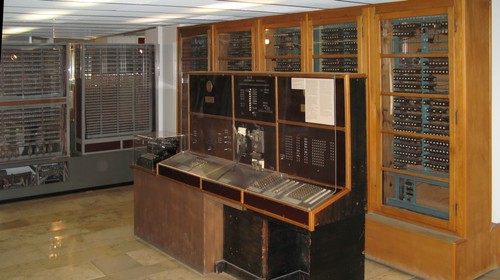This is a guest post by Jay Linden, a friend, retired technical writer, and musician. He recently posted on Facebook about how much he dislikes Facebook's recent redesign of their desktop interface. I thought his comments were worth sharing here.
RIP decent Facebook experience. I am no longer able to back out of the dimwit "improvements" that make it nearly impossible to do anything in less than twice as long as it used to take. I can learn to find where they've hidden things (like more than 2 chat windows, like friend requests, like 3/4 of what I used to have room to see). But nobody can learn to make this steaming unusable mess pleasant.
On top of covid, the Earth burning, the end of flash, the end of kindness, this. Thanks a lot, Facebook. You've really proven how much more important your little egos are than the comfort of billions of human beings you've enticed to rely on you while we make you filthy stinking rich. Thanks.
Let's see where to start:
- Vastly too wide column for the newsfeed (we're soaking in it). Takes twice as long to read *anything* than in the properly optimized text line structure of the "classic".
- In spite of that, 2/3 of the page is wasted on the left and right sides.
- Management of messenger windows is a dog's breakfast and you can only see one at a time, two if you're not showing your list (used to be 3 or 4).
- Icons at the top are huge, spread out and I'd say pig ugly but that would insult pigs.
- The Friend Requests icon is gone, and while it's one of the key things we need to see, it's hidden in a text link on the left at top, where it disappears when you scroll down.
- Yet there are gigantic and utterly useless icons for Pages, Groups, Marketplace, and Watch. All things that worked perfectly well as "notifications" except for Marketplace.
- Maybe the worst two parts:
- The notifications are gigantic and you can see only seven or eight of them even though they run from top to bottom and occupy almost the whole right third of the window. I used to be able to see and read ten or more in the top half of the window, in a configuration in which it was obvious that the notifications are in a dropdown. Now you can't tell if it's a popup, a dropdown or a new pervasive column.
- Even worse, in the left column. When everything was text and mini-icon, you could see about 20 items in the left column. Now you can see about half of that, honkin' big and nasty looking.
We honest to crud don't need everything to be so spaced out that you have to look through several screens in order to see the same stuff that used to sit in front of you, easy to find, and easy to read. It takes, literally and measurably, twice as long to do anything. Sure, you can get used to it. But you're still going to grow old twice as fast.
If I'm chief architect, and my user experience guy points me out *any* of those eight pretty egregious screw-ups above, my designer fixes it immediately or is assigned to a new role cleaning dishes in the caf. I'm sure they'd have plenty of company. "Custodial party of eight?"
The sad thing is that not a single one of those areas was a problem last month. None of them were broken.
Just as a quick P.S. I know we don't all have the same rig, the same experience, etc. But I have heard almost nobody, among my own contacts, in any group or on any page, who's said anything good about this disaster.
Taxonomical decisions (like why to leave Marketplace up and remove Friends) are generally subjective for such a diverse audience, and it may well be that people prefer immediate access to Marketplace over Friends, even if I don't. But if all they'd done is swap out Marketplace for Friends, I'd have called it a dumb decision and gone on.
Between the stupid thin-black-on-white in the top margin, the grotesque text size that requires a preposterous increase in eye tracking, and the spread of text that might as well be one word to a page, the result is an interface that's less appealing than a Herb Tarlek leisure suit.
© 2020 by Jay Linden.







